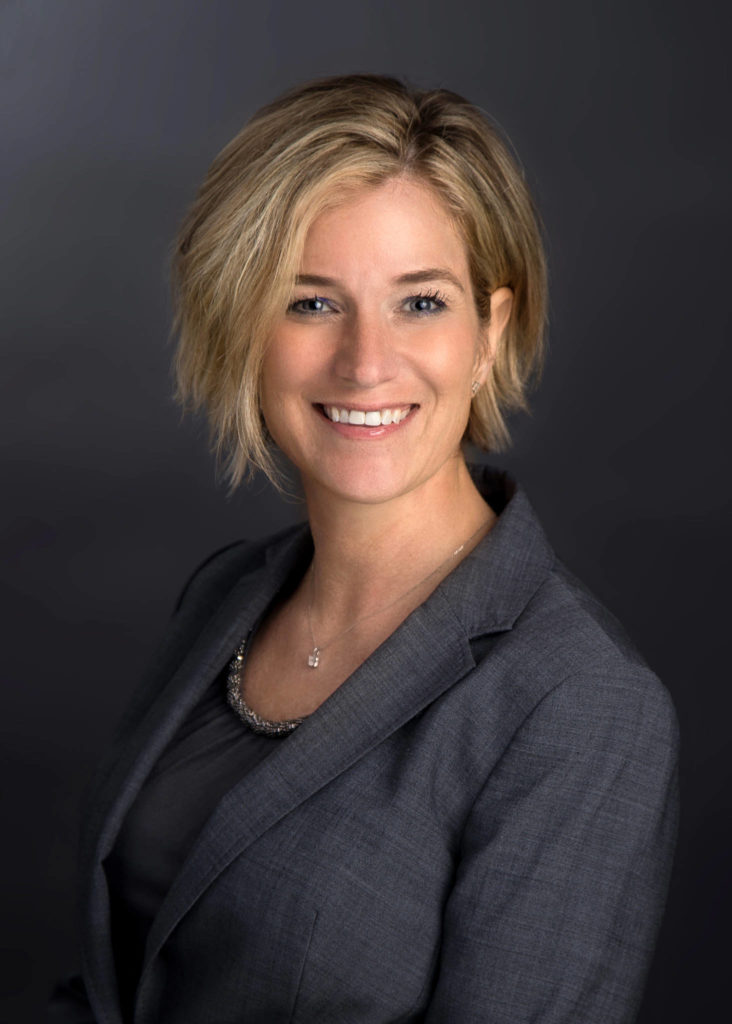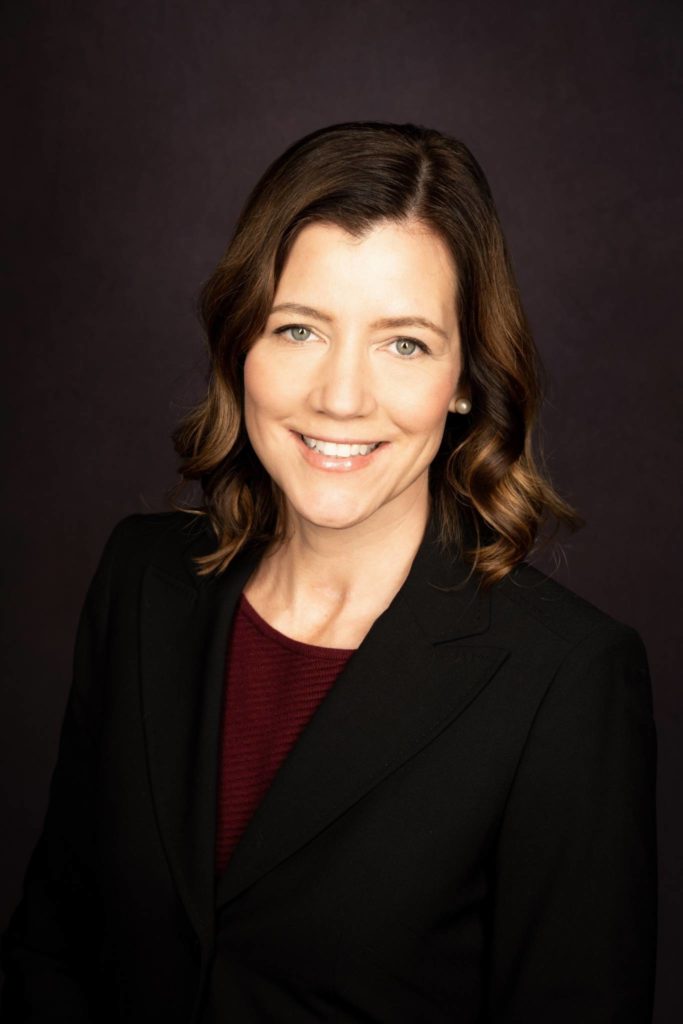Ways To Give
Make a gift of cash, stocks, bonds, real estate or other assets to the Foundation. Most charitable gifts qualify for maximum tax advantage under federal law. The Foundation can help you integrate your financial planning with charitable giving.
GIVE NOW
Donors who establish funds with the Oshkosh Area Community Foundation during their lifetime receive the benefit of watching their philanthropic dollars at work. An outright gift accomplishes two important tax objectives: a charitable income tax deduction in the year of the gift and a reduction in gross estate for future tax purposes.
GIVE LATER
A bequest is often the simplest way for many donors to make a significant, lasting gift to their community. By naming the Foundation in your will or estate plan, you can create a named fund that will forever support the causes or organizations important to you. A bequest of 1 percent to 10 percent of your estate can dramatically reduce federal estate and inheritance taxes, with little or no impact on your heirs.
The Foundation advises consulting with a personal accountant, tax advisor, financial planner and/or lawyer to determine the form of giving that is best for you.
Cash gifts are the simplest way to give. Aside from the convenience, cash gifts also can be deducted from your federal income tax for up to 60 percent of your adjusted gross income.
Gifts of stock are tax-deductible and can help you avoid capital gains tax (the actual impact of such a gift on your personal taxes should be reviewed by your tax advisor). The Foundation also welcomes gifts of real estate that are readily marketable and free of environmental or other problems.
The QCD provision potentially allows people age 70 1⁄2 and older to transfer up to $100,000 annually from an individual retirement account (IRA) to qualified charities, without first paying federal income tax on that gift.
If you take out a life insurance policy, you may vest all ownership rights in the policy to the Foundation and list the Foundation as the beneficiary. Each year, you pay the tax-deductible annual premium. Upon your death, the proceeds of the policy pass to the Foundation, without having to pay estate taxes.
With a charitable remainder trust, assets are transferred into a trust for a designated number of years (or for the duration of your life). Regular payments are made to you or another beneficiary for those years, and then the remaining assets are paid to the Foundation to create a permanent charitable fund.
With a life estate, you donate your home, farm or vacation property to the Foundation, but continue to live in it for the duration of your (or your spouse’s) life. You will obtain a generous income tax deduction in the year of the gift and significantly simplify your estate for your heirs. On termination of your interests, the Foundation will sell the property and establish a permanent charitable fund with the proceeds. The fund can bear your name and reflect your personal charitable interests.
This method of giving reverses the more frequently used charitable remainder trust. With a charitable lead trust, assets are transferred into a trust for a designated number of years. Annual payments are made to the charitable organization of your choice for those years, and then the assets are paid to your named beneficiaries. For donors with large estates, charitable lead trusts may substantially reduce gift and estate tax costs.
SAMPLE LANGUAGE FOR A BEQUEST
I give to the Oshkosh Area Community Foundation, a Wisconsin nonprofit public charity, (insert the percentage of your estate, trust, or a sum of money) OR (all my right, title, and interest in the following described property ________ ).
This gift is to be used for (specify purpose):
- the community’s greatest needs
- a specific organization
- a field of interest such as arts, youth, or a geographic area
- a scholarship
This gift will establish the ___________ Fund or be added to the (Name of the Fund) within the Foundation.



